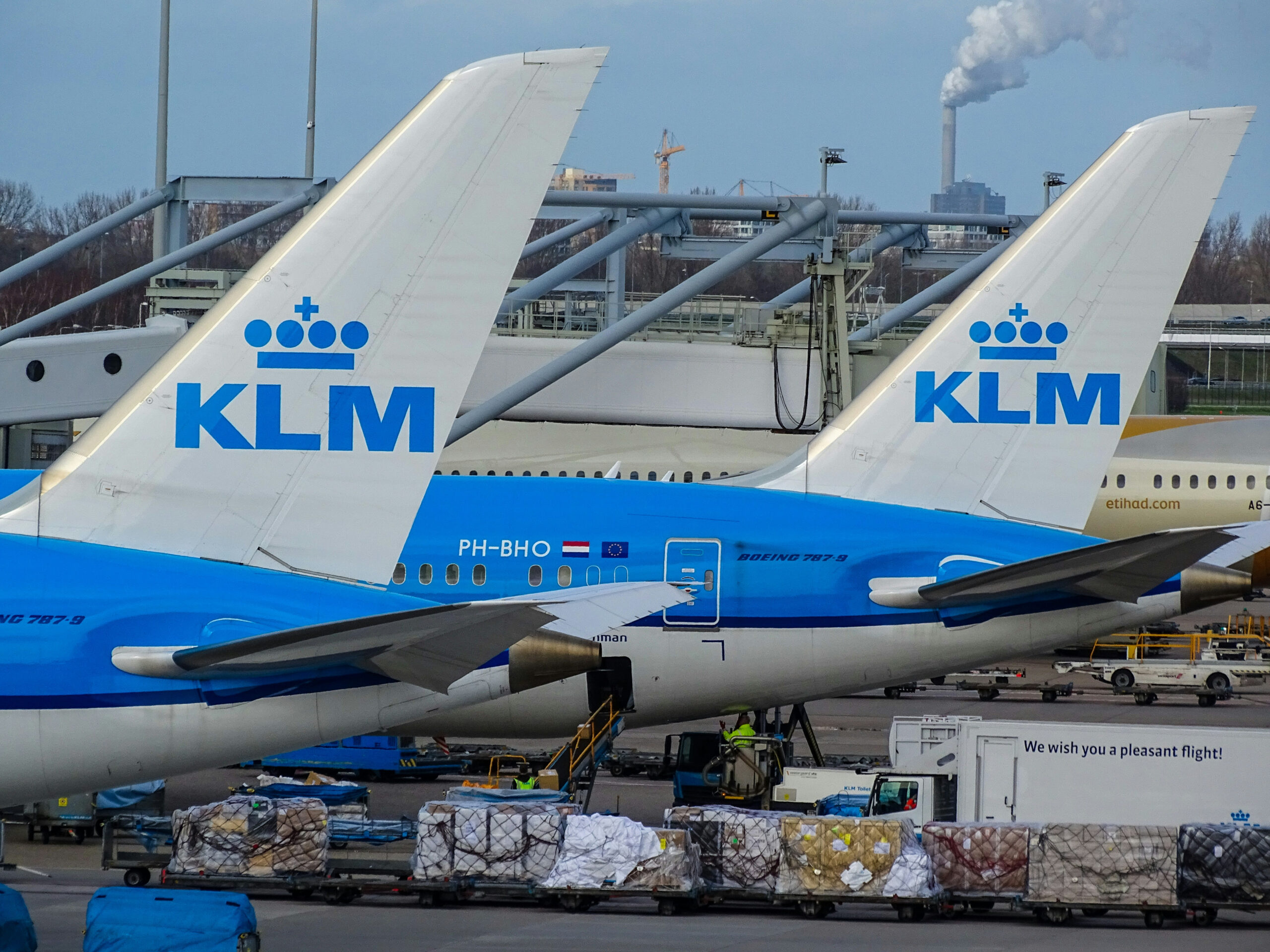Overview
• Operator: KLM Royal Dutch Airlines
• Aircraft Model: Boeing 787-9
• Registration: PH-BHD
• Flight Number: KL-759
• Route: Amsterdam (Netherlands) → San Jose (Costa Rica)
• Date: 9 February 2025
• Occupants: Not specified
• Nature of Incident: Cracked windshield
Incident Summary
KLM flight KL-759, a Boeing 787-9 (PH-BHD), was en route from Amsterdam Schiphol (Netherlands) to San Jose (Costa Rica), cruising at FL380 over the Atlantic Ocean, when the left-hand windshield developed a crack.
As the aircraft descended towards San Jose, the crew reported the issue to air traffic control and requested priority handling for landing. The aircraft landed safely on runway 07 without further incident.
Sequence of Events
Cruise Phase:
• The aircraft was cruising at FL380 when the left-hand cockpit windshield cracked.
• The structural integrity of the windshield remained intact, but the crew reported the issue to ATC as a precaution.
Descent and Landing:
• The crew requested priority handling for the approach to San Jose.
• The aircraft landed safely on runway 07 without any further complications.
Post-Landing Actions:
• Engineers conducted an inspection of the windshield to assess the extent of the damage.
• The return flight was cancelled, and the aircraft remained grounded in San Jose for further evaluation.
Aircraft Status & Investigation
• As of 12 February 2025, the aircraft remains on the ground in San Jose, approximately 64 hours after landing.
• The cause of the windshield crack is under investigation, with possible contributing factors including:
• Thermal stress due to high-altitude temperature variations.
• Manufacturing defects or structural fatigue.
• Foreign object impact (unlikely at cruise altitude).
Analysis & Recommendations
Potential Causes:
• Thermal Expansion & Stress:
• Cockpit windshields experience significant temperature differentials at high altitudes.
• Repeated cycles of heating and cooling can cause microfractures to expand, leading to cracking.
• Structural Fatigue or Manufacturing Defect:
• Aircraft windshields are multi-layered, reinforced glass panels designed to withstand extreme conditions.
• Previous unnoticed defects or internal delamination could contribute to failure.
Safety Considerations & Preventative Measures:
• Routine windshield inspections should continue to identify early signs of structural fatigue.
• Enhanced monitoring of windshield integrity in aircraft operating in extreme climate conditions.
• Crew training and protocols for handling windshield cracks mid-flight should be continuously reviewed and improved.
Disclaimer
This report is based on available information as of 12 February 2025. While every effort has been made to ensure accuracy, the completeness of the details cannot be guaranteed. If you are the rightful owner of any referenced materials and wish them removed, please email takedown@cockpitking.com.
